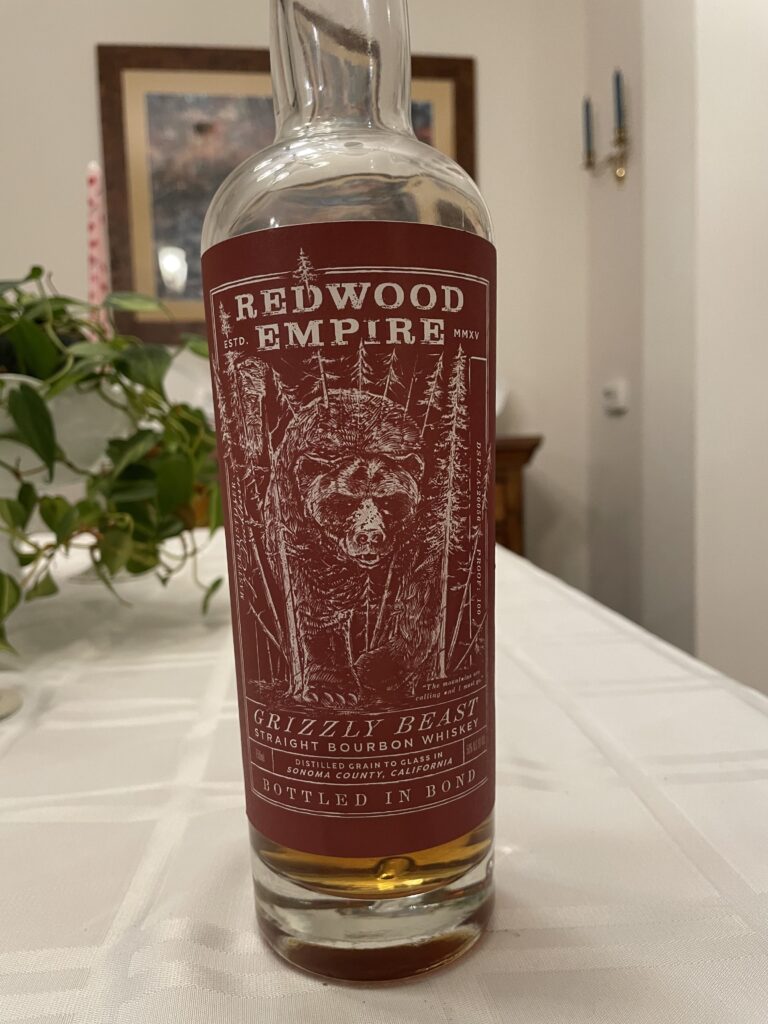Cheez It Snap’d White Cheddar chips are a crunchy cracker variation of Cheez Its. They offer that salty snack fix with enough flavor to satisfy, but not hang around or taste too artificial.

Cheez It Snap’d White Cheddar chips are a crunchy cracker variation of Cheez Its. They offer that salty snack fix with enough flavor to satisfy, but not hang around or taste too artificial.

Competitive authoritarianism will transform political life in the United States. As Trump’s early flurry of dubiously constitutional executive orders made clear, the cost of public opposition will rise considerably: Democratic Party donors may be targeted by the IRS; businesses that fund civil rights groups may face heightened tax and legal scrutiny or find their ventures stymied by regulators. Critical media outlets will likely confront costly defamation suits or other legal actions as well as retaliatory policies against their parent companies. Americans will still be able to oppose the government, but opposition will be harder and riskier, leading many elites and citizens to decide that the fight is not worth it. A failure to resist, however, could pave the way for authoritarian entrenchment—with grave and enduring consequences for global democracy.
In Foreign Affairs, The Path to American Authoritarianism
So many contributing to the Lonely Island medley for the SNL 50th anniversary concert. Spot them all! Gaga does Dick in a Box with Samberg. Chris Parnell, T-Pain, Bad Bunny. Eddie Vedder as a pirate.
It sounds like a joke, but there’s (bitcoin) treasure to the amount of $775 million in a UK garbage dump. The guy who lost the bitcoin is now trying to buy the dump.
Smuggling arbitrary data through an emoji – clever nerdery here. I’d imagine this gets fixed in places that would be susceptible to malicious code.

Grizzly Bear is a bottled in bond straight bourbon whiskey from California. At 90 proof it’s full bodied, leans on the sweeter side of bourbon with cherry, maple, and brown sugar, with a long finish.
This is my second bottle, and definitely one of my go tos for a drink. I still need to try Redwood Empire’s other offerings, which include high rye and other blends.
Actor Michael Shannon will tour again, performing REM songs.
On February 14, Shannon will begin his second tour inside of a year devoted to R.E.M. It will take him to more than a dozen cities in the US. Interest in the shows has been so high, with some tickets for a stop in Athens, Georgia, on the secondary market going for north of $600, that dates have been added in England as well.
And most of the songs they are performing come from the early years of REM’s catalog.
Off the coast of Chile, a kayaker was swallowed (briefly) by a whale,
“My guess is that the whale was just as surprised as the kayaker,” Dr. Jooke Robbins, director of the Humpback Whale Studies Program at the Center for Coastal Studies in Massachusetts, wrote in an email.
Humpback whales feed by quickly lunging through a school of fish with their mouths wide open, then straining the water out through their baleen, the fringed plates they have inside their mouths instead of teeth.